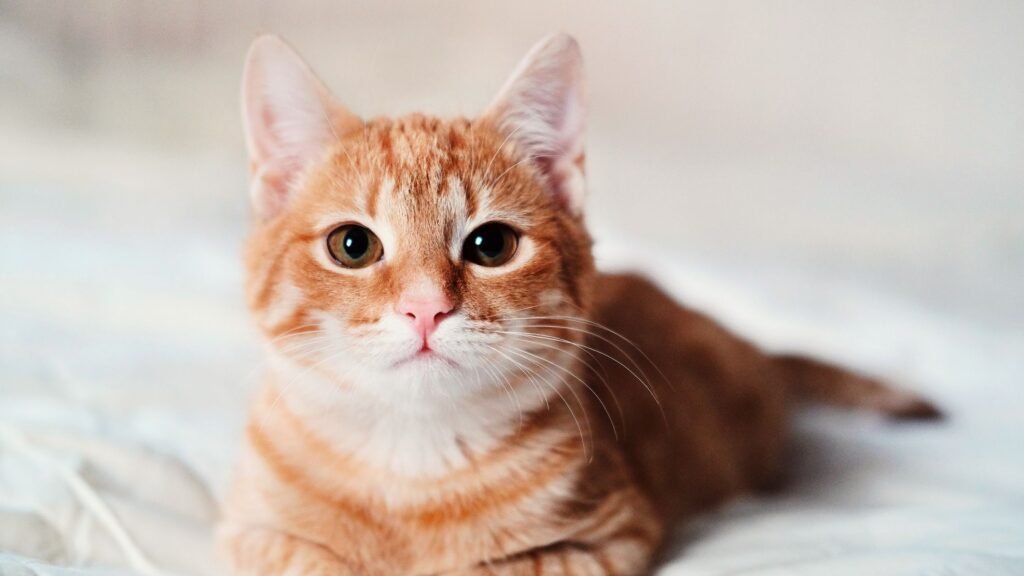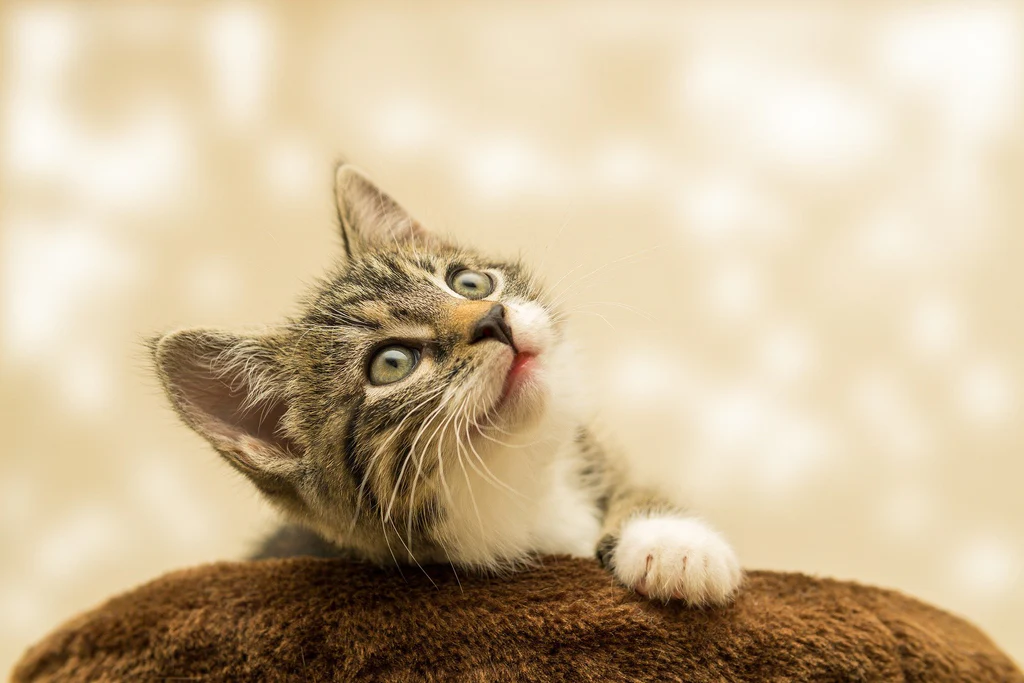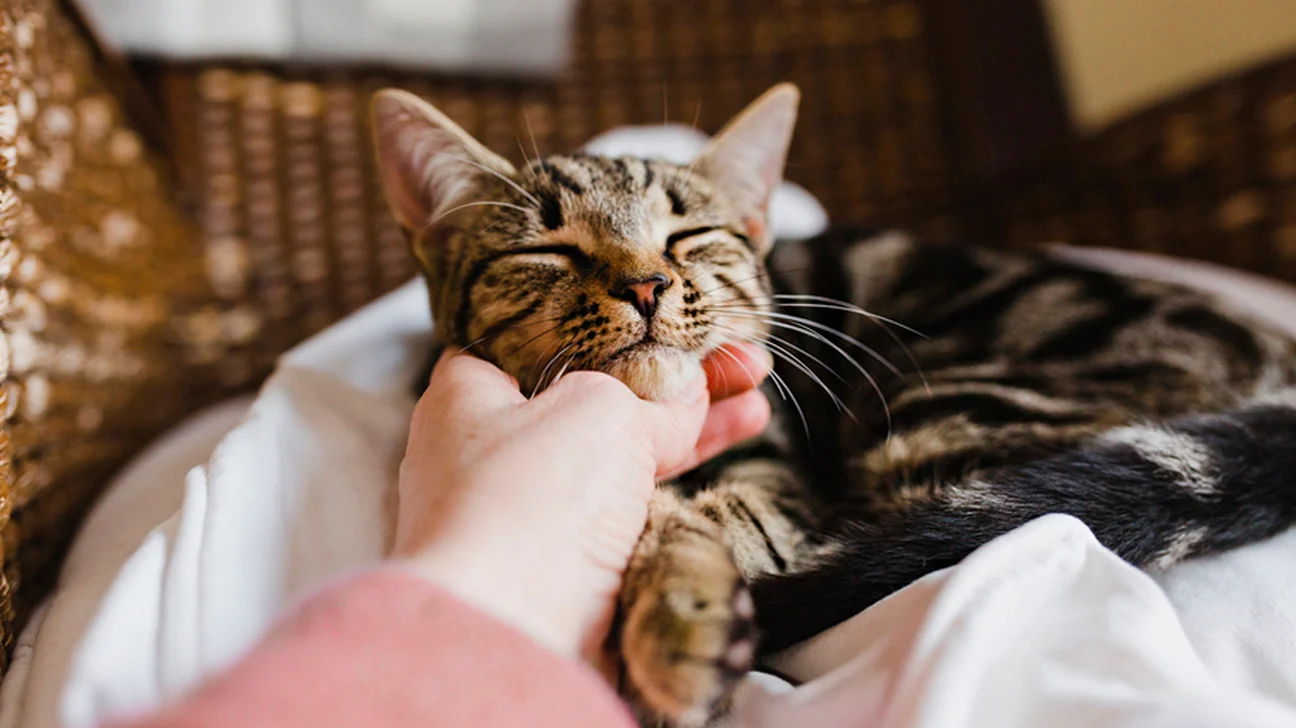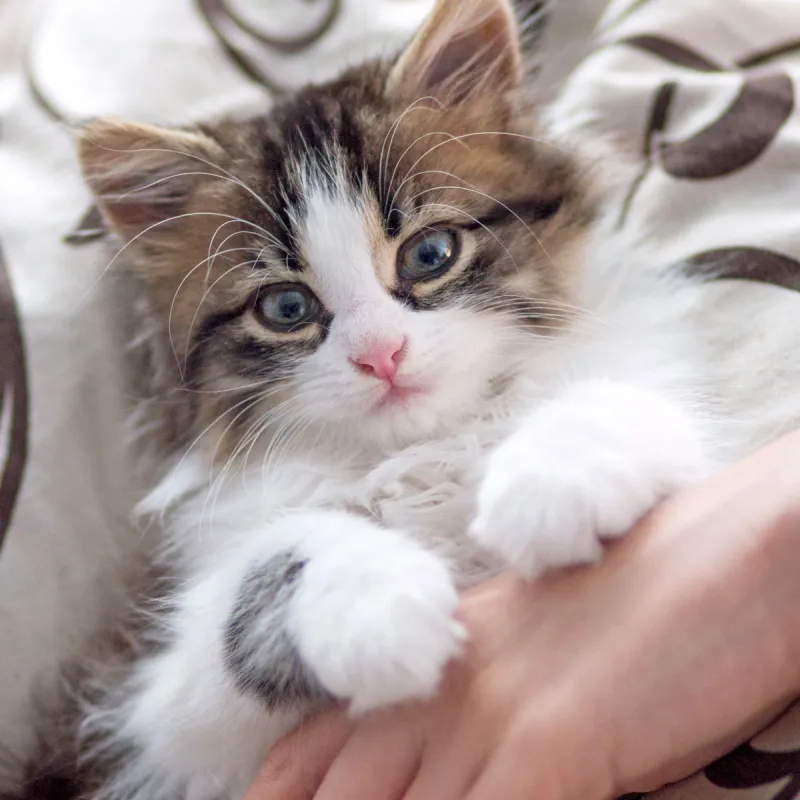In the realm of pets, cats hold a special place.
Their mysterious demeanor, independent spirit,
and soothing purrs make them captivating companions.

But understanding their behavior can sometimes feel like deciphering hieroglyphs.
Fear not, fellow feline aficionados!
In this guide, we’ll delve into the enigmatic world of cat behavior,
decoding their actions and providing insights into what makes our purr-fect companions tick.
The Language of the Tail: Deciphering Feline Communication
Have you ever noticed how your cat’s tail seems to have a mind of its own?
That’s because a cat’s tail is a powerful tool for communication.
A gently swaying tail indicates contentment,
while a flicking tail could signal agitation or excitement.
Paying attention to the subtle nuances of your cat’s tail can help you better understand
their mood and intentions.
The Art of Purring: Unraveling the Mystery
Ah, the soothing sound of a cat’s purr – it’s like music to our ears.
But have you ever wondered why cats purr?
Contrary to popular belief,
cats don’t only purr when they’re happy.
They also purr when they’re feeling anxious or in pain.
It’s their way of self-soothing and seeking comfort.
By tuning in to your cat’s purrs,
you can gain valuable insights into their emotional state.

Meow or Never: Decoding Vocalizations
Meow, chirp, trill – cats have a diverse repertoire of vocalizations,
each serving a unique purpose.
From the plaintive meow for attention to the low growl of warning,
cats use vocal cues to communicate with their humans and fellow felines alike.
By paying attention to the nuances of your cat’s meows,
you can better understand their needs and desires.
The Power of Paws: Exploring Feline Body Language
Cats are masters of non-verbal communication,
using their bodies to convey a myriad of messages.
From the slow blink of affection to the sudden pounce of playfulness,
every movement tells a story.
By observing your cat’s body language,
you can decipher their intentions
and forge a deeper bond with your furry friend.
The Call of the Wild: Understanding Instinctual Behavior
Beneath their domesticated exterior,
cats are still instinctual creatures at heart.
Their hunting instincts drive them to stalk, pounce, and play,
even in the comfort of our homes.
By providing opportunities for your cat to engage in natural behaviors,
such as interactive play and puzzle feeders,
you can help satisfy their primal instincts and keep them mentally stimulated.
The Social Butterfly: Navigating Cat Relationships
Contrary to popular belief, cats are not solitary creatures.
In fact, they can form deep bonds with both humans and other cats.
Understanding the dynamics of cat relationships
can help you foster harmonious interactions in multi-cat households
and strengthen the bond between you and your furry friend.

Conclusion
In conclusion, cats may be enigmatic creatures,
but with a little patience and understanding,
we can unlock the mysteries of their behavior.
By paying attention to their body language,
vocalizations, and instincts,
we can forge deeper connections with our feline companions
and provide them with the love and care they deserve.
FAQs (Frequently Asked Questions)
1. Why do cats knead?
Cats knead as a throwback behavior from kittenhood when
they would knead their mother’s belly
to stimulate milk flow.
It’s a sign of comfort and contentment.
2. How can I stop my cat from scratching furniture?
Providing your cat with appropriate scratching posts
and regularly trimming their claws can help redirect
their scratching behavior away from furniture.
3. Why does my cat bring me “gifts” like dead mice?
Cats are natural hunters, and bringing you “gifts”
is their way of showing affection and providing for their human family.
4. Is it true that cats can sense emotions?
Yes, cats are highly attuned to their humans’ emotions
and can often sense when we’re feeling sad, stressed, or happy.
5. How can I help my cat adjust to a new home?
To help your cat adjust to a new home, provide them with a safe space,
plenty of hiding spots, and familiar smells,
such as their bedding or toys, from their previous environment.
Gradually introduce them to their new surroundings and be patient as they acclimate.

